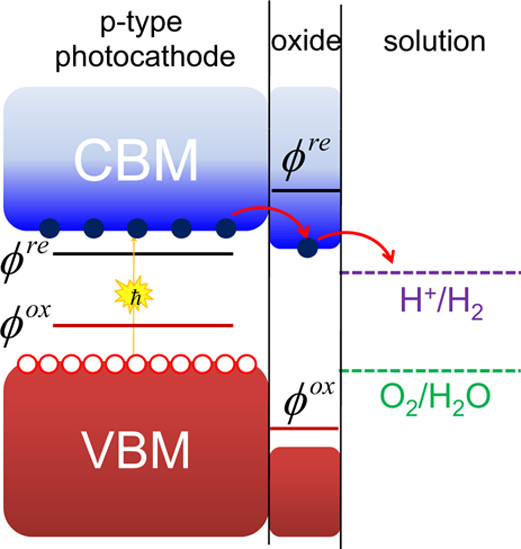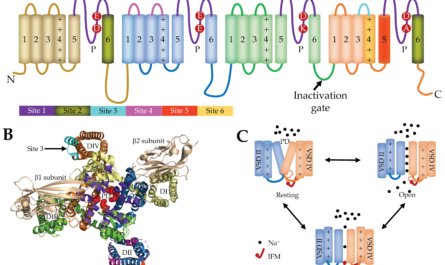Researchers from the National Institute for Materials Science (NIMS), the University of Tokyo, and the Tokyo University of Science have developed a groundbreaking technique that allows for the precise doping of organic semiconductors in an aqueous solution. Unlike traditional methods that require a vacuum or a nitrogen atmosphere, this technique utilizes water, which has not been explored for this purpose before. The study, published in the journal Nature, could potentially lead to significant advancements in the organic semiconductor industry.
Chemical doping is a critical process in semiconductor device production, involving the use of redox agents. However, efficient redox agents often react with water and oxygen, necessitating the use of vacuum or nitrogen environments created with specialized equipment. Furthermore, these methods do not allow for accurate and consistent adjustment of doping levels, posing significant challenges to technological progress in the field.
The research team has successfully developed a chemical doping technique that leverages redox reactions between benzoquinone and hydroquinone in an aqueous solution under ambient conditions. The rate of these reactions can be controlled by adjusting the acidity of the solution (pH), a mechanism similar to electron transport chains in photosynthesis.
To achieve the chemical doping of organic semiconductor thin films, the team immersed them in an aqueous solution containing benzoquinone, hydroquinone, and hydrophobic ions. By changing the pH of the solution, the team was able to accurately and consistently manipulate the doping levels. This resulted in the production of semiconductors with a wide range of electrical conductivity, spanning approximately five orders of magnitude.
The ability to precisely control the doping levels of organic semiconductors opens up promising opportunities for the production of flexible and lightweight materials suitable for inkjet printing and low-cost printing processes. This breakthrough technique could facilitate the industrial production of flexible organic film devices, including sensors, electronic circuits, displays, and solar cells.
In addition, the researchers successfully demonstrated the proof of concept for a thin-film pH sensor using this novel technique. This exciting development hints at potential applications in healthcare and biosensing.
Overall, the technique developed by the research team represents a paradigm shift in the field of organic semiconductors. By utilizing an aqueous solution instead of a vacuum or nitrogen atmosphere, this method simplifies the doping process and offers precise control over doping levels. As a result, the industrial production of flexible organic film devices may become more feasible, opening up exciting possibilities in various industries, including electronics, healthcare, and renewable energy.
*Note:
1. Source: Coherent Market Insights, Public sources, Desk research
2. We have leveraged AI tools to mine information and compile it



